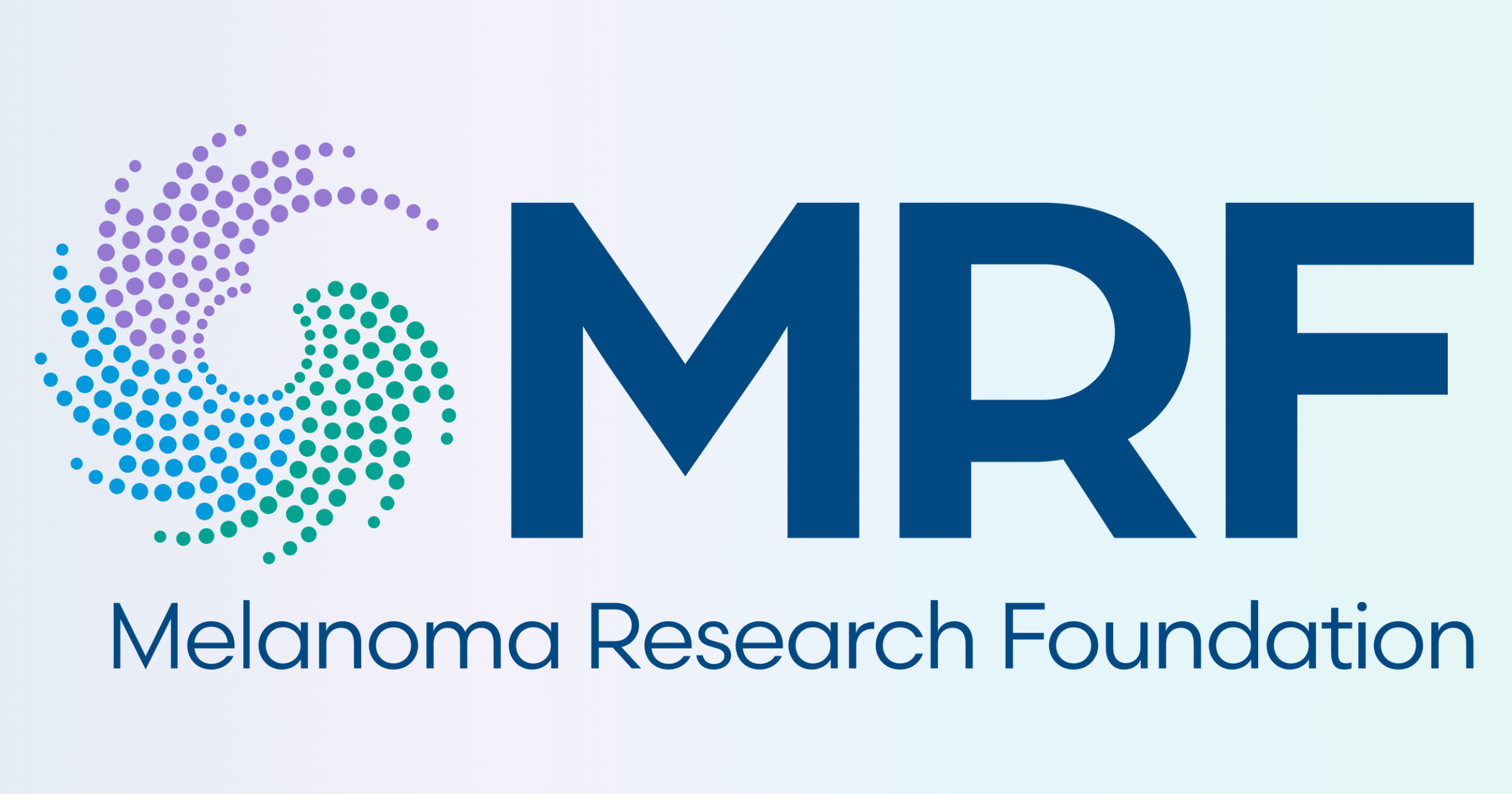Link Between Tanning Beds and Cancer to be Examined at Capitol Hill Briefing

HILLSBOROUGH, N.J. — Will indoor tanning be the next “Big Tobacco“ – a product that poses such a public health threat that it prompts federal action and a stronger warning label?
HILLSBOROUGH, N.J. — Will indoor tanning be the next “Big Tobacco“ – a product that poses such a public health threat that it prompts federal action and a stronger warning label?
A briefing on Capitol Hill will explore the controversies surrounding indoor tanning and its link to melanoma, the most deadly type of skin cancer. The briefing, which will include comments from Representatives Carolyn B. Maloney (D-NY), Charlie Dent (R-PA) and Rosa DeLauro (D-CT) and hosted by the Melanoma Research Foundation (MRF), takes place one day prior to the U.S. Food and Drug Administration’s (FDA) public hearing to review current classification and regulatory controls of tanning beds.
Many people understand that tanning outside is harmful, but they mistakenly believe that using tanning beds is a safer alternative. The MRF believes the dangers of indoor tanning aren’t fully appreciated, particularly among young people, and clear, explicit information may help youth make better choices.
Recent research has shown that using tanning beds before age 35 increases your risk of developing melanoma by 75 percent and occasionally using tanning beds can triple your chances. In fact, the International Agency for Research on Cancer (IARC), part of the World Health Organization recently reclassified tanning devices into the highest risk category as “carcinogenic to humans.”
“At the moment, tanning beds are classified as safe by the FDA, but given the scientific evidence, that’s something we now know to be false,” said David E. Fisher, M.D., Ph.D., member of MRF’s Scientific Advisory Committee. “These devices pose serious health risks that must be addressed.”
The briefing will address the science behind the link between melanoma and tanning, current efforts to find new cures, and the role that regulators can play in ensuring that scientific research guides the implementation of warnings and necessary regulation of tanning beds.
Melanoma is one of the fastest growing cancers around the globe. In the United States, nearly 69,000 people were diagnosed with the disease in 2009, resulting in an estimated 8,650 deaths. If caught early, the cancer is easy to treat and cure. However, in its most advanced stages, few treatment options exist, and this year, one person will die from this disease every hour.
“If melanoma were an easy cancer to cure, maybe this issue wouldn’t be quite so urgent. But it’s a merciless disease, and takes both the young and old alike,” said Timothy Turnham, executive director of the MRF. “It’s heartbreaking to see a 22 year-old woman with a history of tanning be diagnosed with this disease. Young people need to know that a tan is just not worth your life.”
The Foundation recently launched the MRF Breakthrough Consortium, an initiative dedicated to accelerating medical research by bringing together the leaders in drug development, laboratory and clinical research for finding effective combination treatments and eventually a cure for melanoma.
“We are encouraged the FDA is carefully examining the risk that indoor tanning poses. One thing we know for certain is that more accountability and transparency from the industry is needed to slow down the growth of this disease,” said Turnham.
The Congressional Briefing will be held:
Wednesday, March 24
Cannon House Office Building, Room 304
12:00 noon
Contact your federal legislators and ask them to attend the MRF’s Congressional Briefing before the FDA hearing on tanning beds.
If you are a member of the media or Congressional staff and would like to attend, please RSVP to Julie Lane at 202-591-4046 or by email at Julie@JonesPA.com
# # #
About Melanoma
Melanoma, the most serious type of skin cancer, is one of the fastest growing cancers in the United States and can strike men and women of all ages, all races and skin types. In fact, with a one in 50 lifetime risk of developing melanoma, nearly 69,000 Americans were expected to be diagnosed with the disease in 2009, resulting in 8,650 deaths or one person every hour. Melanoma is the most common form of cancer for young adults 25- to 29-years-old and the second most common cancer in adolescents and young adults 15- to 29-years-old.
About Melanoma Research Foundation
The Melanoma Research Foundation (MRF) is the largest independent, national organization devoted to melanoma in the United States. Committed to the support of medical research in finding effective treatments and eventually a cure for melanoma, the MRF also educates patients and physicians about prevention, diagnosis and the treatment of melanoma. The MRF is an active advocate for the melanoma community, helping to raise awareness of this disease and the need for a cure. The MRF’s Web site is the premier source for melanoma information seekers. More information is available at www.melaresearcstg.wpengine.com.




